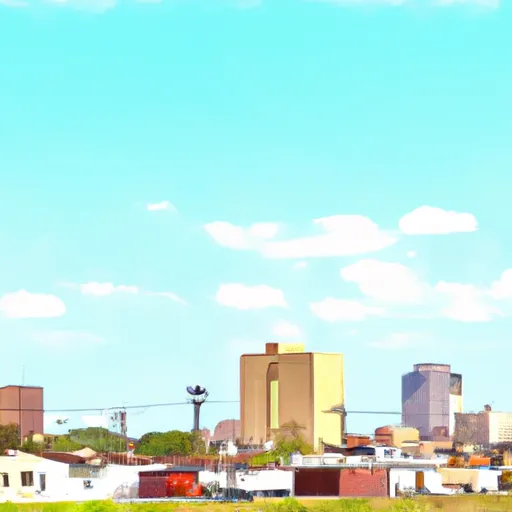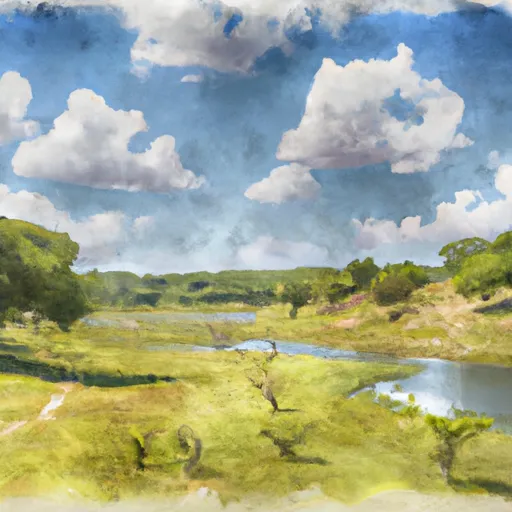°F
°F
mph
Windspeed
%
Humidity











Smithland, Texas is a small town located in the northeastern part of the state. The climate in Smithland is characterized by hot summers and mild winters. Summers are typically hot and humid with temperatures often reaching the high 90s°F (35°C) and occasionally even above 100°F (38°C). Winters are generally mild with temperatures averaging in the mid-50s°F (10-12°C).
Smithland is situated near the Trinity River, which provides ample hydrological constituents to the area. The river plays a vital role in the town's water supply, as well as offering recreational opportunities such as fishing, boating, and kayaking. The Trinity River is known for its diverse fish population, including bass, catfish, and crappie, attracting anglers of all skill levels.
In addition to the Trinity River, Smithland is surrounded by picturesque rural landscapes, making it an ideal destination for outdoor enthusiasts. Hiking, camping, and bird-watching are popular activities in the area, with several parks and nature reserves nearby. Smithland offers a tranquil setting for individuals seeking to experience the beauty of Texas' natural environment.
Weather Forecast
Smithland receives approximately 1228mm of rain per year, with humidity levels near 87% and air temperatures averaging around 18°C. Smithland has a plant hardyness factor of 8, meaning plants and agriculture in this region tend to thrive here all year round.
Regional Streamflow Levels
58
Cubic Feet Per Second
26
Cubic Feet Per Second
-999,999
Cubic Feet Per Second
299
Cubic Feet Per Second
Nearby Camping
| Camping Area | Reservations | Toilets | Showers |
|---|---|---|---|
| Martin Dies State Park | |||
| Bouton Lake | |||
| Magnolia Ridge - Town Bluff Reservoir | |||
| Caney Creek | |||
| Lake Tejas City Park | |||
| Village Creek State Park |



